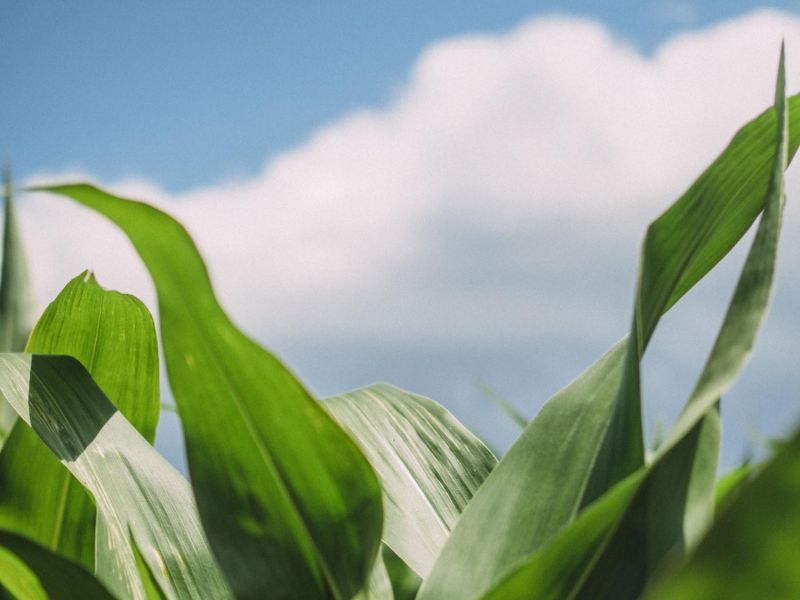
The Mad Agriculture Journal
A Journey through the Corn Maize with Walter Goldstein
Published on
November 14, 2022
Written by
Clark Harshbarger
Photos by
Jane Cavagnero
Sophia Piña-McMahon
Corn exists in two realities. It is both a commodity and considered by many to be one of our most sacred plants. Corn has been bred by humans to meet our needs for centuries. It is no secret that corn has become the American farmer’s most reliable and highest yielding grain crop. This has led to the large-scale broad acre production of corn, and in turn has resulted in some similarly large-scale problems. Refer to It’s Time to Rethink America’s Corn System by Jonathan Foley to dive into the landscape of these problems. To learn more about what is being done to help farmers and the corn they raise to become part of a solution, I reached out to Walter Goldstien, the founder and director of the Mandaamin Institute.
To begin our conversation, Walter spoke to how he first came to discover his love for nature and agriculture. He said, “As a child, I had this sense that there was this deep wisdom in nature.” He went on to explain that as a child he got interested in agriculture through interactions with his teachers, by observing honey bees and collecting bugs and by spending time in gardens. After some years he began to develop a passion toward agriculture. This led him to work on local farms, and then in later years, to work abroad on organic and biodynamic farms. These experiences left him with the desire to pursue a higher education to develop a better understanding of this “deep wisdom in nature”.
He quickly found that the path he sought wasn’t quite as clear or as easy to navigate in the land grant university’s education system as he had anticipated. During his studies at Washington State University, he found specialists being siloed into their very specific niches. He described how these specialists were controlling the scene and the direction of programs and research being worked on. To Walter, everything was being taught like it was a machine, made of individual parts. He told me “I had a feeling of either being behind or ahead of my time.” He had a hard time believing in the reductionist approach to the scientific theory he was being taught, so he began to search the halls of the library for deeper insights to the wisdom in nature.
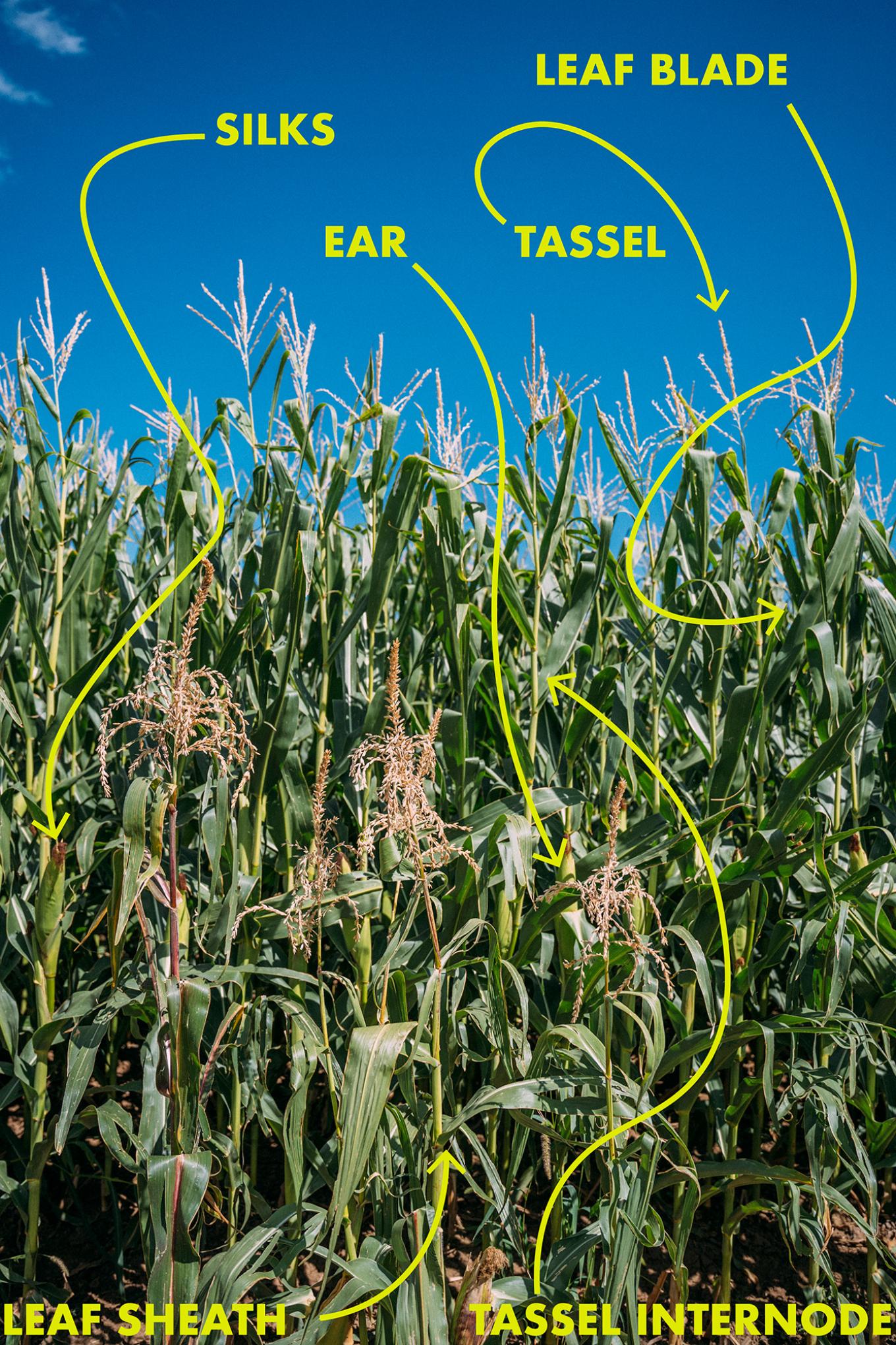
It was there he discovered the works of CH Waddington, who is known to have laid the foundations for systems biology, epigenetics, and evolutionary developmental biology. Waddington proposed that some cells do not have a predetermined destiny, and that they can be influenced in their development by a number of external factors from their environment. Waddington provided a way out of the reductionistic blinders fostered by the biology being taught in the 1970’s. Even today, as Walter began talking about this discovery, his eyes lit up and an excitement came to his voice: “Life does indeed have an incredible evolutionary power, a biological wisdom.” Walter went on to complete a MS in Botany and earn a PhD from Washington State University. Some of his fondest memories of his time at WSU were of working with cover crops such as black medic and on their use as a self seeding cover crop in small grain rotations. After college, he moved to Wisconsin where he was hired as the Research Director at the Michael Fields Ag Institute in 1986.
It was at the Michael Fields Institute (MFI) where Walter first began to breed corn. Shortly after arriving at MFI, he was approached by a group of farmers asking him if he would work on breeding an open pollinated corn. He plainly asked them back, “Why do you want this type of corn?” He recalls their response being quite interesting. The farmers told him how they had seen animal behavior that provided evidence that open pollinated corn might have more nutrition in it. They described on several occasions, where animals, if given free will, would go to the open pollinated corn fields and begin grazing on the stalks and cobs and walk right past other fields that had been planted in hybridized corn. They had witnessed biological wisdom manifesting right in front of their eyes! Walter exclaimed “The animals seemed to like the smell, the taste, and they must know something we don’t.”
So over the next 14 years, Walter bred open pollinated corn as a hobby both at the MFI and on his own land. He would save seeds each season and provide them to a small group of farmers who were interested in this nutrient dense open pollinated corn. What had begun with supporting a small group of farmers suddenly changed when, as Walter describes it, “the GMO thing hit.” Organic farmers were upset and afraid of contamination. Conversations began across the corn belt, and listening sessions were created within the organic farming communities to hear pain points and to see what could be done. During this time, Walter had begun to partner with the other leaders in organic corn breeding and found support and funding through the USDA and research partners at the Iowa State University.
So what did the farmers want the corn breeders to do? Walter explained that the farmers wanted the yields and the higher nutritional values. In other words, they wanted their cake and to eat it too! He shared that the farmers wouldn’t accept anything less than 10% reduction in yield. Walter found in his years of breeding open pollinated corn, although more nutritious, it had about ⅓ less yield versus hybrids they were working with. He started to work with conventional inbred varieties in addition to open pollinated corn to see if this would help the new breeds maintain competitive yields. Crossing the inbreds with the open-pollinated corn ensured the new corn breeds could maintain vigor, which seemed most pronounced in the stress years (higher temperatures, less available soil moisture).
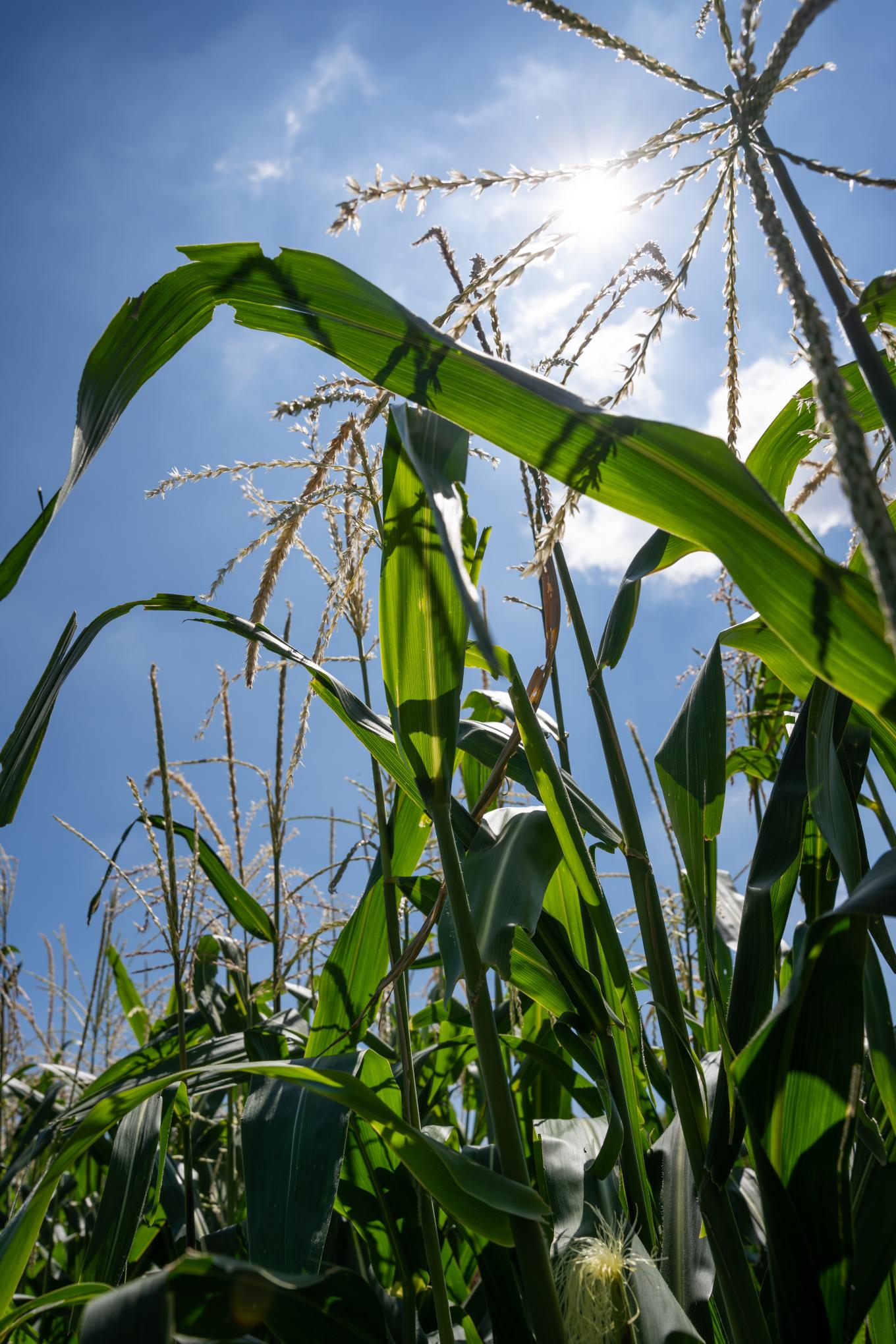
Walter began a pedigree program, as he refers to it. In 2009, an exciting discovery was made with an ancient landrace corn. It was observed to be fixing nitrogen. Enough so that it met about half of the corn’s fertility needs. This was a fascinating insight for organic corn and breeding work needed to be done. So in 2011, after a 25 year career at the Michael Fields Institute, Walter decided to start his own non-profit, and founded the Mandaamin Institute. He wanted to work more deeply on solving the issues at hand in organic agriculture and corn production.
The word “Mandaamin” can be translated into “Corn Spirit” or “Wonder Seeds”. This word is shared by both the Ojibwe and Potawatomi nations of the Algonquin language tribes who both raised corn in the western Great Lakes region. Walter shared that he believes this name is appropriate for the Institute to go back to the roots, so to speak, because the Mandaamin Institute works with mostly ancient varieties of grain to enhance the quality and sustainability of modern corn crops. In regenerative agriculture, oftentimes we must look back to help guide our journey forward.
Walter then began to paint a picture as he described the history of corn and its relationship to the Indigenous peoples of the Americas. The oldest known relative to maize is a plant called teosinte. Teosinte was a warm season grass that grew in lowlands along the present day central Mexican coast. Teosinte did not have a cob. It was a tall grass that had hard clustered seeds. Indigenous peoples began to work with this crop slowly, seasonally, and as it went through genetic adaptations, plants were selected and seeds were saved that harbored genetic mutations that would change the anatomy of the plant. It is unknown exactly who or for how long, but the Indigenous people of this region bred teosinte into maize. And so began the first landraces of corn.
Landrace corn is what people used to grow before corporations commercialized the production of hybrid corn seeds. Walter stated that, “The landraces came with the Native peoples.” They were open pollinated corns that were shaped by the environment in which they were grown. In the southeast you had Mexican June, of the dent corn family. Flour and flint corn came from other regions throughout the southwest. These corns had relationships not only with the Indigenous cultures who cared for them and kept their seeds, but also with the soils and, more specifically, the microbial life in the soils.
I asked Walter how he thought the corn plants had forgotten their relationships with the microbes in the soils. He explained that for generations, corn was bred to be successful for conventional agriculture. For example, corn breeders selected corn that responded best to nitrogen fertilizer. They were also selected for traits such as hardness of the kernel, which led to higher test weights and longer storage capabilities. Corn was also bred so that the plants could withstand crowding, again leading to higher yields. Lastly, he described how corn plants were selected for resistance to pests and diseases, like the corn borer.
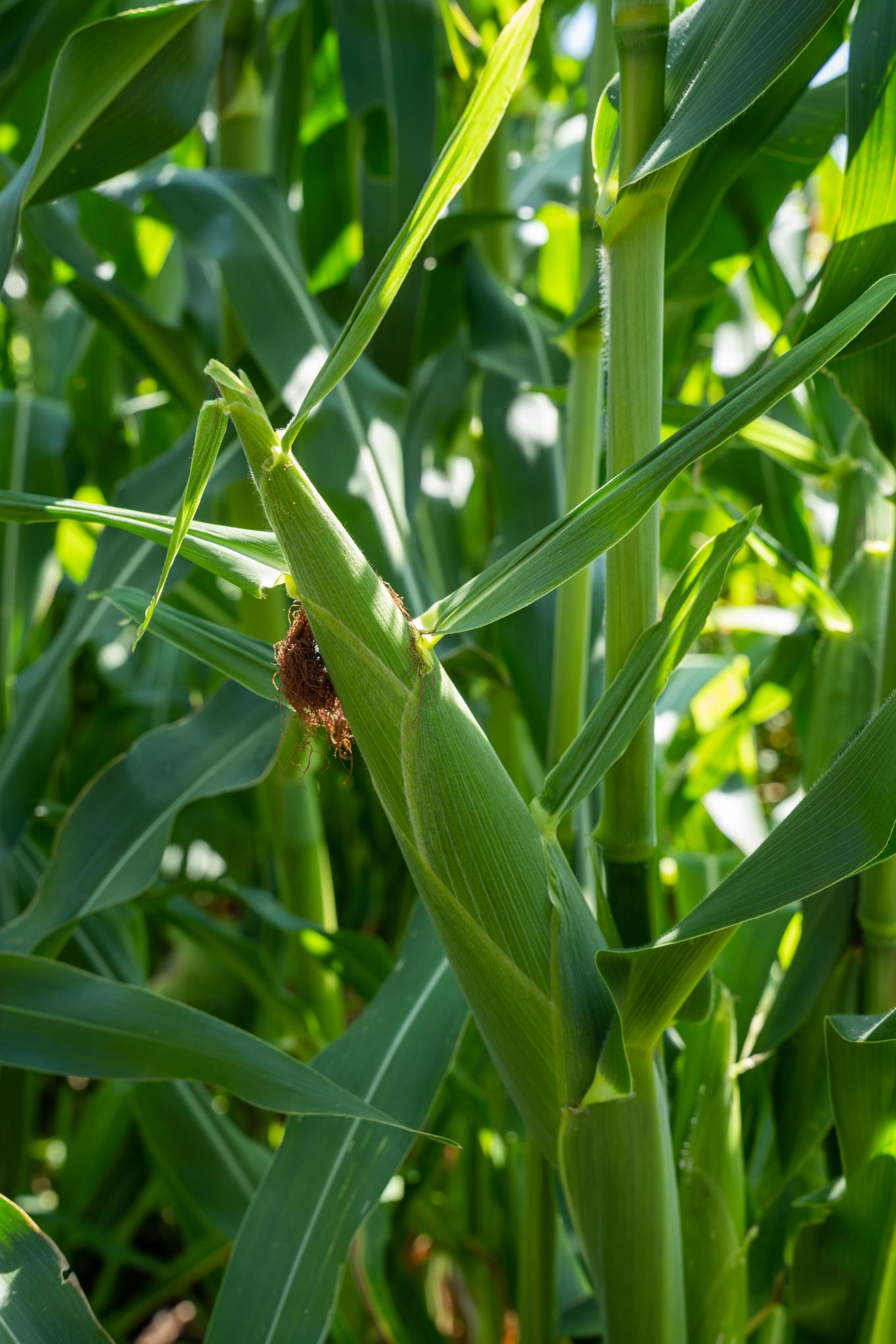
He went on to explain that these selections led to the eventual problems that we now see with corn’s dependency on nitrogen fertilizer. Corn also has a complicated relationship with Fusarium sp., the dominant endophyte that lives together with corn in the soils, and actually induces nitrogen deficiency. It does this by competing against beneficial bacteria for resources and reducing corn’s ability to partner with that bacteria. Endophytes are organisms that live inside other organisms for at least part of their life cycle, without causing harm. But the complicated part is that Fusarium species can be both endophytic and parasitic to corn. There are several species that cause root rots, which leads to lodging of the corn stalk. Fusarium also produces terrible poisons called mycotoxins, which cause problems for both farmers and consumers.
Walter began to publish his work at the Mandaamin Institute on the phenomenon of nitrogen fixing corn. He remembers shortly thereafter getting a call from James White from Rutgers University, an expert on rhizophagy. He recalled their conversation, “James said, ‘’ I think I might know what is going on with your corn. It’s called the rhizophagy cycle”. The rhizophagy cycle is when bacteria or fungus alternate living inside and outside of a plant’s cell wall. The bacteria are excreted out from the plant root tips and perform for the corn plant by collecting minerals and nutrients in the soil. The bacteria are then reabsorbed into the plant and the plant extracts these nutrients from the microbes through an oxidative process using superoxide and hydrogen peroxide. The plant eats off the cell wall of the microbes which are rich in minerals and also digest a portion of the microbes. That process occurs within the cells of the plant in the space between the periplasm and the cell wall and increases plant material uptake. The microbes also live in the hairs and epidermis of the plant and in vascular tissues.
Walter went on to explain that microbes are also fostered in the husks of the plant, where they seem to be involved in fixing nitrogen from the air. It seems that conventional corn has lost this ability. This phenomenon is called a holobiont. Holobiont is a relationship where plants and a variety of species of microbes work together as a team. And the deeper they looked into the corns that were capable of this phenomenon, they started to discover that bacteria were being passed from the mother plant to the offspring through the seed — similar to Waddington’s epigenetic theories Walter had read about in college.
In addition, Walter discovered these corns to have higher nutrition value and produced a softer kernel. The corn kernels contained more methionine and carotenoids. Synthetic methionine is typically supplemented into organic chicken feed rations, and its use has caused controversy and been an industry-wide problem for decades. Walter hypothesizes that tremendous nutritional value could be achieved if we can allow plants and their teams of microbes to work together. The grain being raised at the Mandaamin Institute has 33-40% more methionine in its grain compared to conventional corn.
So after hearing about this potential solution to two of corn’s biggest problems, I asked Walter, “Where do we go from here? Should we even be feeding all this corn to animals?” Walter replied, “Yeah Clark, those are rather deep questions.” He went on to say, “We do live in the world, we do live in. And it depends on where you want to start.” Corn is here to stay. But how much we grow could change over time. So we continue to breed corn that does less harm to the environment and at the same time provides greater nutritional value up the food chain. That is what Mandaamin Institute continues to work on. If we don’t solve all of the problems, then as Walter himself put it, “We still have problems – we are mortals”.
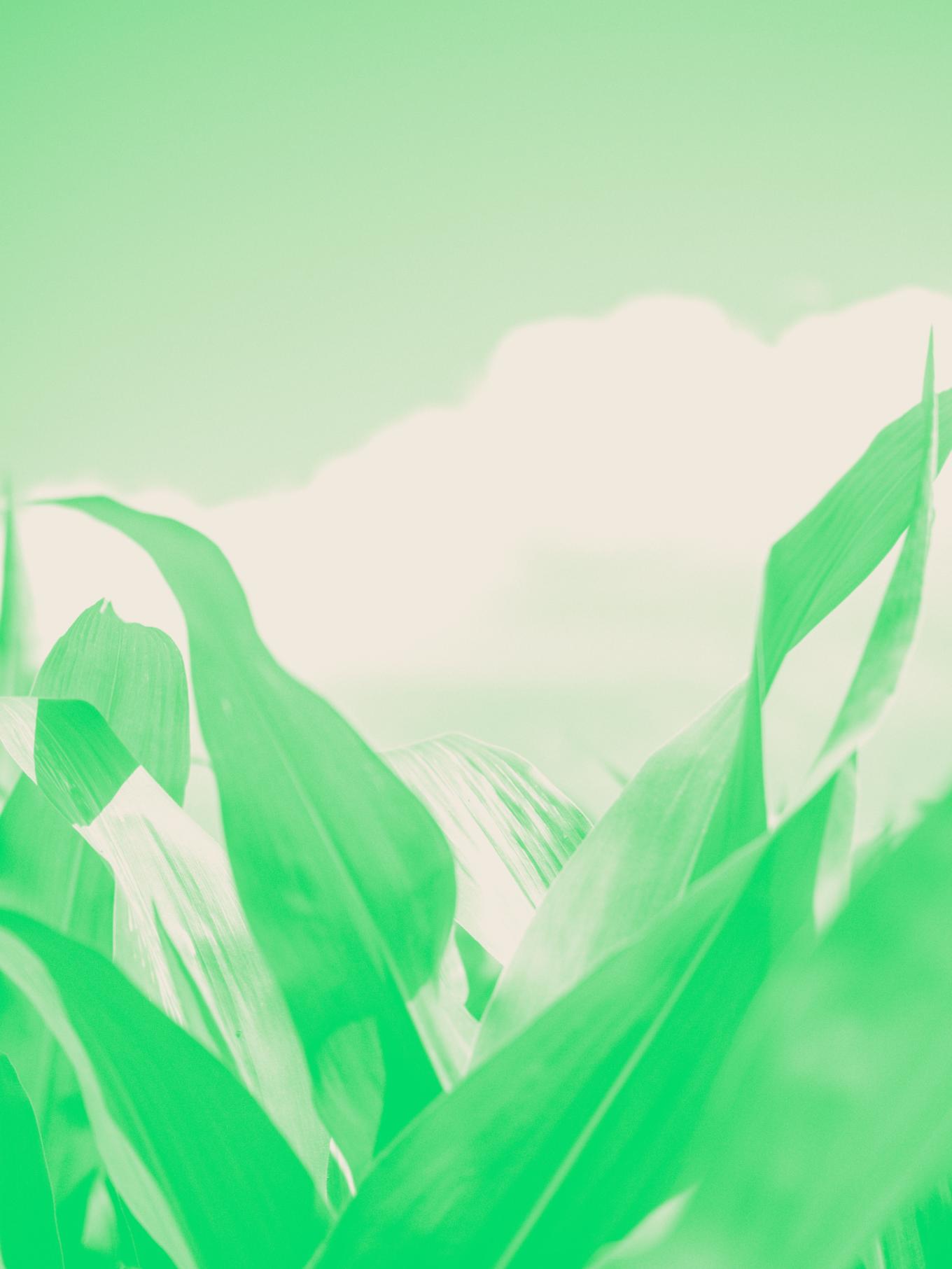
Lastly, I asked Walter if he could talk briefly about rotations that could be used to raise this corn. One of the principles of soil health is diversity and it is commonly achieved by using plant rotations, and by incorporating the use of cover crops. Walter explained how Corn is hard on the soil, so they have tried companion planting with legumes such as cow peas or climbing beans. He tries to plant corn following a short small grain, such as Pfeiffer wheat over seeded with a legume such as alfalfa, sweet clover and even his old friend, black medic. He has found that to promote soil health, it is best to use corn for 1 in every 4 years in a rotation.
Grasses are soil building crops. Young organic matter is created by annual rye-grass and other perennial cool season Eurasian grass species. Warm season grasses can be hard to manage, so they have typically used European cool season varieties. They planted forage grasses such as timothy, fescue and orchard grass with alfalfa and sweet clover to supplement the rotation between corn. Rotations could take from 4 to 7 years, in any given management unit.
Taking back plant breeding is one empowering endeavor that we can steward in the regenerative agriculture community. Walter recollected another famous botanist. “We must be more like Luther Burbank, who certainly did his homework”. Burbank was well known for being a keeper of the seed. Ancient, evolutionary relationships between plants and microbes have been forgotten, lost and degraded. Through plant breeding and caring for our soils, we can reawaken them.
“We think we are so smart, in a clever way,” Walter told me. But he says these plants have been breeding microbes for centuries, which has resulted in wise evolutionary traits that they have developed. In nature there is a theme of renewal, and the human race desires to work toward that. To me, this is what Walter’s life work represents: a renewal of our place and relationship to corn. What does it look like to reimagine our roles as human beings with this sacred plant?
